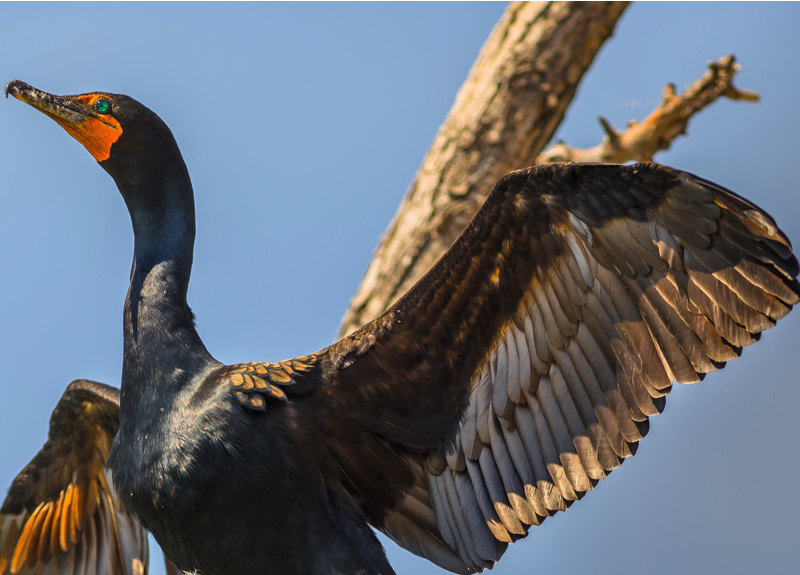The Hamilton (aka Steel Town) harbour is considered the biggest toxic coal-tar deposit in Canada; a byproduct of more than 100 years of industrial waste. It is home to the largest and most contaminated site within the Canadian side of the Great Lakes. While many improvements have been made to reduce pollution in the Harbour for the past two decades, the problem of contaminated sediment remains. People often make jokes at the possible maladies and deformities that could result from going for a quick dip in the water. Problematically, steel companies in Hamilton had a legacy of pollution, and spills continue right up to the present day. There is still much work to be done in terms of the restoration and rehabilitation of harbour.
For many people, Hamilton harbour evokes only the imagery of hazy smokestacks and industrial sprawl. However, every summer, one can be treated to an amazing natural phenomenon. The return of thousands of colonially-nesting waterbirds that breed, lay eggs, and raise chicks in the murky waters. The interesting part is these water-birds colony breed in multiple artificial islands that was originally built to host hydro towers. And today these islands are transformed into a vibrant bird paradise from Double-Crescent Cormorants, Gulls, Ducks, Caspian Terns, Geese…etc. raising families in nests made of sticks, mud, plastic bags and other garbage the birds have scavenged from the contaminated harbour.
Double-Crescent Cormorants that are indigenous to the Great Lakes. Cormorants have been persecuted for many generations and were pushed to (near) extinction in the '60s and '70s. Due to this long-time persecution, their recorded history is sketchy, leading some to claim incorrectly that they are an invasive species. Cormorants are integral to the thriving, native ecosystem, and today, cormorants are known to feed on invasive fish species such as alewife and round gobies in the contaminated harbour waters.
Since 1930 man was banned to swim in these contaminated waters and it fascinates me to witness such a vibrant colony of birds in a place one would never expect for a living eco-system to survive let along thrive. However, with this rebound of birds came a renewal of the old rivalry between birds and humans. The bird colony are again under threat due to their now-robust population and a variety of misinformation regarding their habits and diet. Some people consider the birds as a "nuisance” while others find the recovery of the birds colony a near "miracle" in the contaminated waters.
There's the giant steel mills and there's a vibrant beautiful bird colony. Where else can you see a vibrant nesting bird colony in a steel town. The birds ability to adapt to the exceptionally harsh environment demonstrates the stunning example of nature's resilience.
My hope is through the photographs to create a greater appreciation, respect, and love for the native birds colony in this steel town and in the Great Lakes landscape to aid in the protection of biodiversity and conservation.











